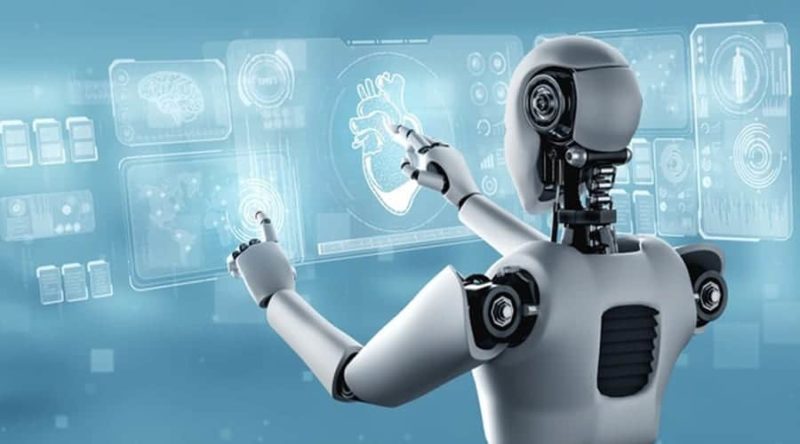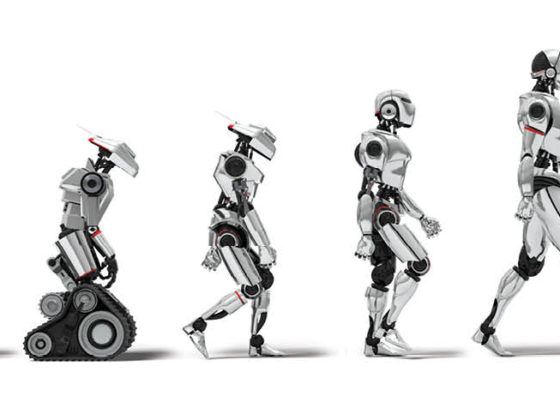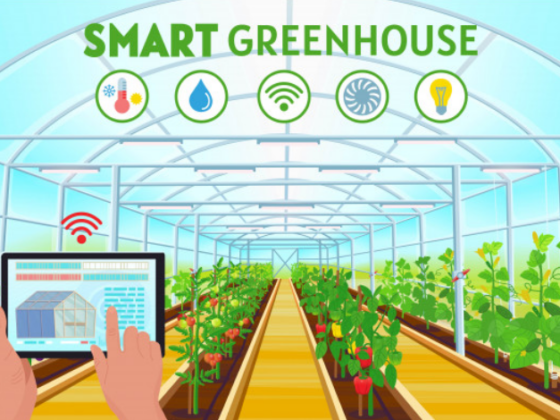Introduction of Robotics
It is a field of engineering that deals with the design, construction, operation, and use of robots. The robotics landscape refers to the various aspects of the robotics industry, including the types of robots, the companies and organizations involved, and the technology trends shaping the future of robotics. The purpose of navigating the robotics landscape is to understand the industry’s current state and future direction and its impact on various industries and society as a whole.
The History of Robotics
Robotics has a long and rich history, dating back to the ancient Greeks, who built machines powered by steam and water. Over the centuries, robotics technology has evolved and advanced dramatically, leading to the development of robots for industrial, service, and domestic purposes. The impact of robotics on society has been significant, as robots have changed how we live, work, and interact with the world.
Types of Robotics
Robotics can be broadly categorized into several types, including industrial robotics, service robotics, domestic robotics, and medical robotics. Industrial robots are typically used in manufacturing environments to perform tasks such as assembly, welding, and painting. Service robots are designed to assist and support people in their daily lives, for example, in hospitality or healthcare. Domestic robots are designed for household tasks, such as cleaning and vacuuming. Medical robots are used in healthcare settings to assist doctors and nurses with tasks such as surgery and rehabilitation.
Key Players in the Robotics Industry
The robotics industry comprises several key players, including manufacturers, integrators and distributors, and research and development organizations. Robotics manufacturers produce and sell robots and related components, while integrators and distributors provide customer support and customization services. Research and development organizations play a critical role in advancing robotics technology and exploring new applications for robots.
The Benefits of Robotics
Robotics offers several benefits, including increased efficiency and productivity, improved quality and safety, and competitive advantages. By automating repetitive and dangerous tasks, robots can free human workers to focus on higher-level tasks and increase overall productivity. Additionally, robots can perform tasks with greater accuracy and consistency, improving product quality. Companies that adopt robotics can also gain a competitive edge over their rivals, as they can produce goods more quickly and efficiently.
The Challenges and Limitations of Robotics
Despite its many benefits, robotics also poses several challenges and limitations. The high cost of implementation is one of the most significant barriers to the widespread adoption of robotics. Additionally, robots can only perform tasks they have been programmed to do, and they depend on technology that may quickly become outdated. There are also limitations in their performance, as robots are only sometimes able to perform tasks as well as humans in complex or unstructured environments. Finally, a negative public perception of robotics stems from concerns about job loss and the impact of robots on society.
The Future of Robotics
The future of robotics is bright, with advancements in robotics technology and increased adoption of robots in different industries. Robotics technology is becoming increasingly sophisticated, with the development of artificial intelligence and machine learning, autonomous robots, and soft robotics. Companies and organizations are embracing robots to improve efficiency, quality, and safety. In the future, we expect to see even greater collaboration between humans and robots, leading to new and innovative applications for robotics.
The Implications of Robotics for Jobs and Employment
The rise of robotics has implications for jobs and employment, as automation is poised to replace some currently performed by humans. At the same time, the growth of the robotics industry is also creating new jobs, such as robotics technicians, software developers, and AI engineers. The impact of robotics on skills and job requirements is significant, as workers will need to adapt to new technologies and acquire new skills to remain competitive in the job market. Both individuals and society need to consider the implications of robotics for employment and take proactive steps to prepare for the changes that are likely to occur.
The Role of Government and Policy in Robotics
The role of government and policy in robotics is significant, as policies and regulations can influence the development and adoption of robotics technology. Governments can play a role in promoting innovation and investment in robotics, as well as ensuring robots’ safe and ethical use. They can also provide support for workers and communities impacted by automation and help to manage the transition to a more automated future. It is essential for governments and policymakers to understand the potential impact of robotics on society and to develop policies that are responsive to the changing needs of workers, businesses, and communities.
The Intersection of Robotics and Other Technologies
Robotics is not an isolated technology; it intersects with several other areas, including artificial intelligence, the Internet of Things, and cloud computing. By integrating robotics with these other technologies, companies can create powerful and sophisticated systems to perform various tasks. The convergence of these technologies is driving the development of new applications and use cases for robotics. It also drives innovation in areas such as machine learning and computer vision.
The Impact of Robotics on Society
The impact of robotics on society is significant, as robots are changing how we live, work, and interact with the world. Robots are profoundly impacting industries such as manufacturing, healthcare, and services, leading to increased efficiency and productivity, improved quality and safety, and competitive advantages. At the same time, the rise of robotics is also creating new challenges and limitations, such as job loss and negative public perception. It is important for society to consider the impact of robotics and to take steps to address the challenges and limitations that arise.
Conclusion
Navigating the robotics landscape is ongoing as the industry constantly evolves and changes. It is essential to understand the current state and future direction of the robotics industry, as well as the key players, benefits, challenges, and limitations. Additionally, it is vital to consider the implications of robotics for jobs and employment, the role of government and policy, the intersection with other technologies, and the impact on society. By doing so, we can ensure that robotics is used to its full potential and that its benefits are realized responsibly and ethically.
FAQs
What is robotics?
Robotics is a field of engineering that deals with the design, construction, operation, and use of robots.
What is the history of robotics?
Robotics has a long and rich history dating back to the ancient Greeks, who built machines powered by steam and water. Over the centuries, robotics technology has evolved and advanced dramatically.
What are the types of robotics?
Robotics can be broadly categorized into industrial, service, domestic, and medical.
What are the benefits and challenges of robotics?
The benefits of robotics include increased efficiency and productivity, improved quality and safety, and competitive advantages. The challenges of robotics include the high cost of implementation, limitations in performance, and negative public perception.
What is the impact of robotics on society and the future of robotics?
The impact of robotics on society is significant, as robots are changing how we live, work, and interact with the world. The future of robotics is bright, with technological advancements and increased adoption in different industries.







